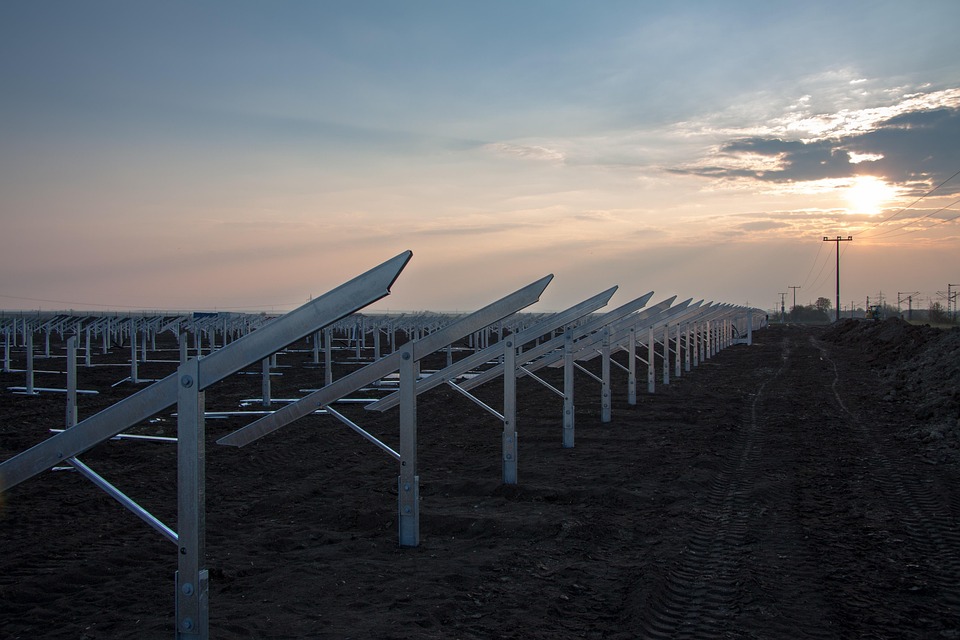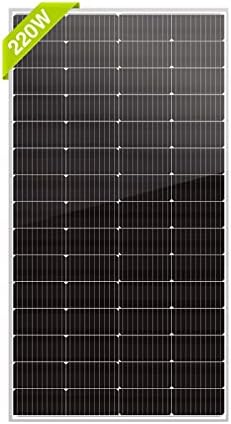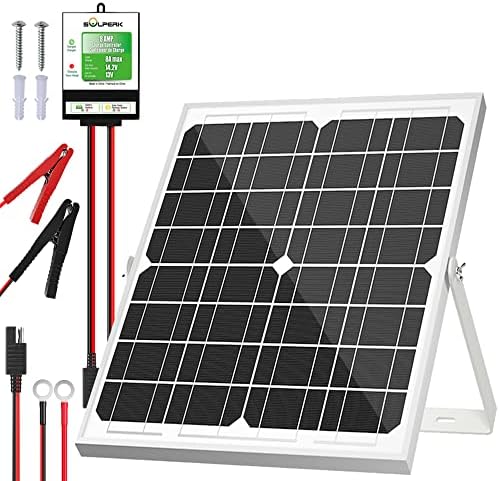# The Economics of Solar Power: How It’s Becoming More Accessible
On a glorious spring day, I stood in the middle of my backyard, basking in both the sun and the satisfaction of my newfound independence from traditional utilities. The solar panels glowed with potential, silently soaking in the sun’s energy while fueling my home and dreams. This wasn’t just an installation; it was a transformative leap into a world where energy bills became a mere whisper of the past. As I watched the dappled sunlight dance across the sleek panels, I couldn’t help but feel grateful—grateful for technology, for opportunity, and most importantly, for the chance to embrace a lifestyle that cherishes sustainability without breaking the bank.
In recent years, the barriers to solar energy have been steadily crumbling. Gone are the days when only the wealthy could afford this clean energy alternative; today, solar power is more accessible than ever. From advances in technology to shifting market dynamics, the economics of solar power have transformed, making it a more appealing choice for a growing number of Americans.
## Why Solar Power?
The allure of solar power isn’t solely environmental, though it certainly plays a major role. The global push for cleaner energy and sustainable living has made solar an appealing choice for eco-conscious consumers. But let’s dig deeper into the economics, as the numbers tell a compelling story.
### Cost Reduction Trends
Over the past decade, the cost of solar panels has plummeted by about 82%. Technological advancements, increased competition, and a global push for renewable energy have significantly lowered production costs. In addition, state and federal incentives—like the Federal Investment Tax Credit (ITC)—offer tax breaks that further reduce the financial burden of installation.
These cost reductions mean that solar power is not just for the few; it’s becoming a viable option for the average homeowner. In many states, consumers can now expect to pay as little as $2.50 per watt for solar panels—considerably less than the previous peaks of over $5 per watt.
### Financing Options
The landscape of solar financing has diversified significantly. Traditional outright purchases have been joined by leasing options and power purchase agreements (PPAs). With a lease, homeowners can install solar panels at little to no upfront cost, paying instead a monthly fee to the installation company. PPAs offer a similar avenue, where homeowners pay for the energy produced rather than the panels themselves.
In addition, crowdfunding and community solar initiatives have emerged, allowing people to invest in solar projects collectively. These innovative methods make it easier for people—especially those with limited financial means—to participate in the solar revolution.
### Energy Independence
One of the most rewarding aspects of solar power is energy independence. Once installed, solar panels can severely lessen or entirely eliminate your reliance on traditional energy providers. With utility companies frequently increasing rates, the prospect of generating your own energy is not just appealing; it’s a smart financial move.
Imagine the freedom of having your energy bills dramatically reduced, or even better, having an energy bill that’s effectively zero! With net metering—where you can sell excess energy back to the grid—homeowners can actually earn money from their solar systems. That’s correct: not only do you potentially eliminate your electric bills, but you could also turn your home into a revenue-generating asset.
### Return on Investment (ROI)
When considering any home improvement, understanding the ROI is crucial. A solar power system may require some initial investment, but its payback period can be surprisingly short. Depending on your location, the orientation of your roof, and local electricity prices, homeowners can typically see a return on their investment in as little as five to seven years.
In fact, various studies have shown that solar installations can increase your property value. Homes equipped with solar energy systems often sell faster and at a premium compared to those that don’t feature such technology. In an era where buyers are becoming more socially conscious, having solar panels on your home can be a significant selling point.
### The Future of Solar Economics
With all these promising trends, what does the future hold for solar power? As we enter an era marked by climate action and technological innovation, the solar market is expected to continue evolving at breakneck speed. Emerging technologies, such as energy storage systems and enhanced solar panel efficiency, will only further improve the viability of solar energy.
Batteries capable of storing energy not only allow you to use solar power at night; they also provide a safety net during power outages. As battery technology continues to improve and prices decline, we can expect even greater adoption of solar technologies.
## Pro Tips for Going Solar
**1. Determine Your Energy Needs:**
Before making any substantial investments, evaluate your energy consumption. Understand your average energy bill and usage patterns. This awareness will help you design a system that best fits your needs and budget.
**2. Research Incentives:**
Federal, state, and local incentives can significantly reduce your upfront costs. Platforms like the Database of State Incentives for Renewables & Efficiency (DSIRE) can help you find savings in your area.
**3. Shop Around:**
Don’t settle for the first solar installer you encounter. Get quotes from multiple providers and read customer reviews. Compare offers and ask about warranties and maintenance plans.
**4. Consider the Orientation of Your Roof:**
South-facing roofs typically receive more sunlight, making them ideal for solar panel installation. However, other orientations can still be viable with proper technology and placement.
**5. Keep Up with Technology:**
Stay updated with advancements in solar technology. Innovations constantly arise, and you might find options available that didn’t exist when you initially considered installing solar panels.
**6. Think Long-Term:**
Solar installations are a commitment. Be sure to review long-term plans and consider potential home renovations that could affect your solar setup.
## The Bottom Line
The economics of solar power have shifted dramatically, making it a favorable option for homeowners seeking independence, sustainability, and financial savings. As costs decrease and innovative financing options emerge, solar power is no longer just an eccentric choice. It’s a practical solution for energy needs and an investment in a brighter, cleaner future.
Embracing solar energy transforms not only your way of consuming electricity but also your approach to environmental responsibility. So, why wait? The sun is shining, and the economic advantages are clearer than ever. Take the leap into solar power and illuminate your future!



